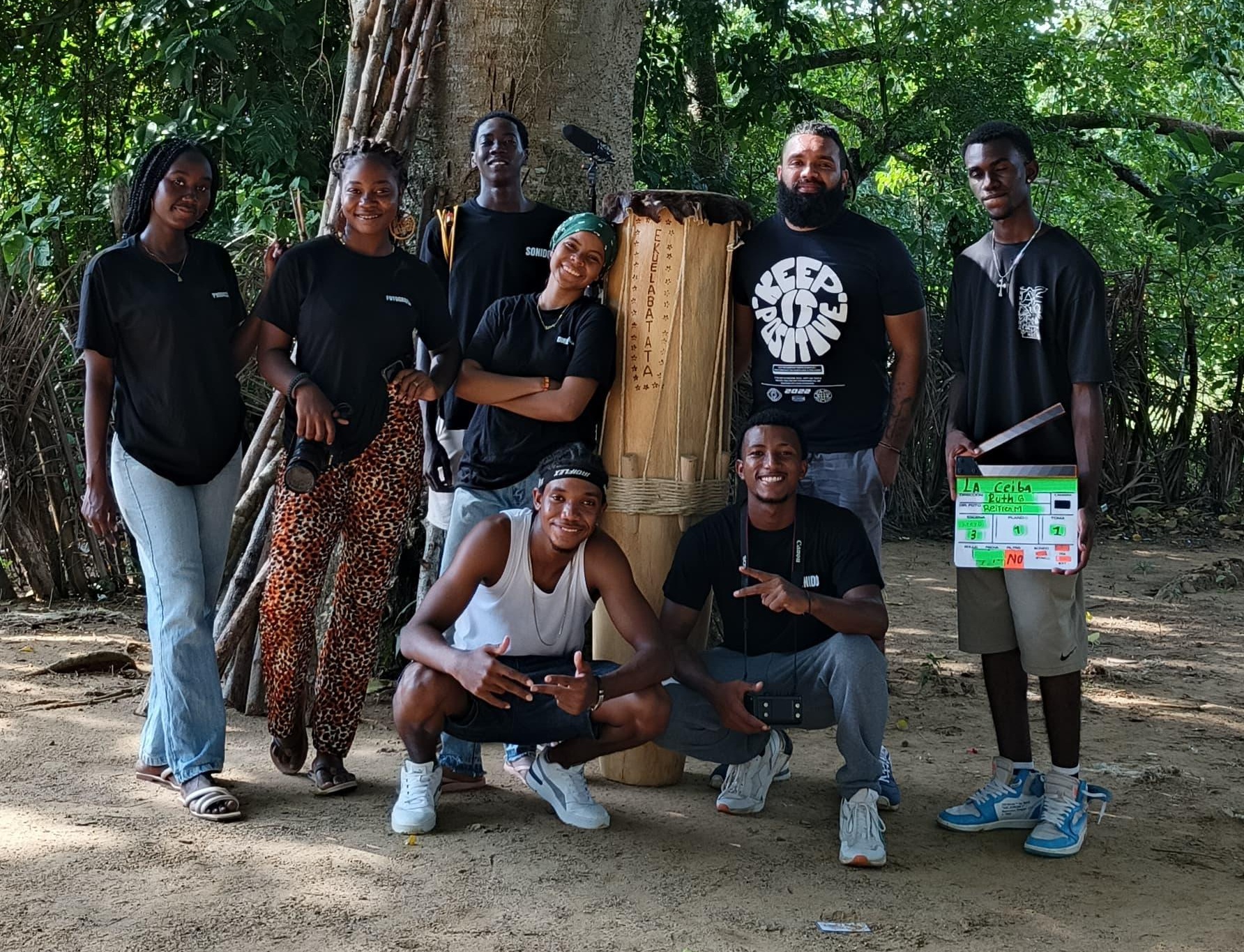Explore Issues
- Arts and Culture
- Decolonizing Thought
- Environmental Justice
- Health
- Languages and Education
- Science
- Social and Gender Justice
- Uncategorized
Filter by Country
-

Youth Processes in the Revitalization of the Palenquera Language
The Palenquera language is one of the most emblematic cultural expressions of San Basilio de Palenque, a living testimony to the resilience and identity of its people. However, like many minority languages, it faces the threat of extinction due to the influence of Spanish, globalization, and sociocultural changes. In this context, youth participation has been…
-

Youth Processes in the Revitalization of the Palenquera Language
The Palenquera language is one of the most emblematic cultural expressions of San Basilio de Palenque, a living testimony to the resilience and identity of its people. However, like many minority languages, it faces the threat of extinction due to the influence of Spanish, globalization, and sociocultural changes. In this context, youth participation has been…
-

Ecuador: Activists Hold Funeral, Seek Justice During Popular Assembly
In an unparalleled demonstration of resistance, defiance, and power, indigenous people in Ecuador held a popular assembly all day Thursday, October 10, to reject police/military repression to the protests that began eight days ago to pressure the Ecuadorian government to end FMI’s neoliberal economic policies tied to a US$4.2 billion fund. Repression was the norm…
-

Indigenous nations in Ecuador declare “state of exception,” denounce neoliberal and extractivist policies on sovereign lands
In a stunning act of defiance, the largest indigenous organizations in Ecuador—CONAIE and CONFENIAE—declared a “state of exception” on sovereign indigenous lands, to reject military and policie presence on their terrorities and the right to detain such forces if they were to illegally enter or use repressive tactics on their lands. They did so after…
-

#OrangeShirtDay: Boarding School Survivors Speak Out, Seek Truth and Healing
September 30th or #OrangeShirtDay has become in Canada, and slowly in the US, a day of resistance and resilience for the intergenerational survivors of indigenous boarding schools—a cruel colonial practice of family separations and children forced “assimilation” into white Christian capitalist society that began in the 1860s and lasted for more than a century. It…
-

Urgent Climate Action Requires Defending the Defenders: Indigenous Peoples at Risk
Photo: Greta Thunberg and Guardians of the Forest, @GuardianesBos. As millions of children, youth, and their parents or mentors bravely take the streets around the world (in 150 countries!) this Friday, September 20, to strike for the climate; we at Awasqa have been thinking how it’s usually those who are most at risk who often…
-

Daupará: 10th Anniversary of an Indigenous Film Festival in Colombia
For 10 years now, the nonprofit Daupará in Colombia that has led the diffusion of indigenous video and cinema as well as organized yearly festivals with the goal of “conserving, strengthening and disseminating the cultural heritage of indigenous peoples, with emphasis on audiovisual production and sovereignty, contribute to the fabric of their own communication, reaffirming…
-

Book Review: As long as grass grows: The Indigenous fight for environmental justice, from colonization to Standing Rock
SOURCE: Reproduced with permission of Journal of Political Ecology. Book Review: Gilio-Whitaker, Dina. (2019). As long as grass grows: the Indigenous fight for environmental justice, from colonization to Standing Rock. Boston: Beacon Press. Dina Gilio-Whitaker (Colville Confederated Tribes) is the policy director and a senior research associate at the Center for World Indigenous Studies and…
-

Smallest Residents of Watershed Key Indicators of Overall Watershed Health
CAPTION: Mya Fisher, a Hoh tribal member in the Quileute Tribe’s Youth Opportunity Program, scans a tub for macroinvertebrates sampled from Bear Creek. Photo: D. Preston. SOURCE: Northwest Treaty Tribes. The 20 treaty Indian tribes in western Washington are leaders in efforts to protect and restore natural resources in the region. At the heart of…
-

Weaving Memories: Cultural identity and sustainable development in the Bolivian highlands of La Paz and Oruro
FROM THE EDITORS: Behind the magic of Andean weaving, there is science, a social commitment, cultural interaction, history, and community resilience. Based on historical documentation, scientists have found Andean weavings as old as 1400 BC that were woven at Acllahuasi (quechua for “House of the Chosen Ones”), Inca ceremonial centers where women were in charge…